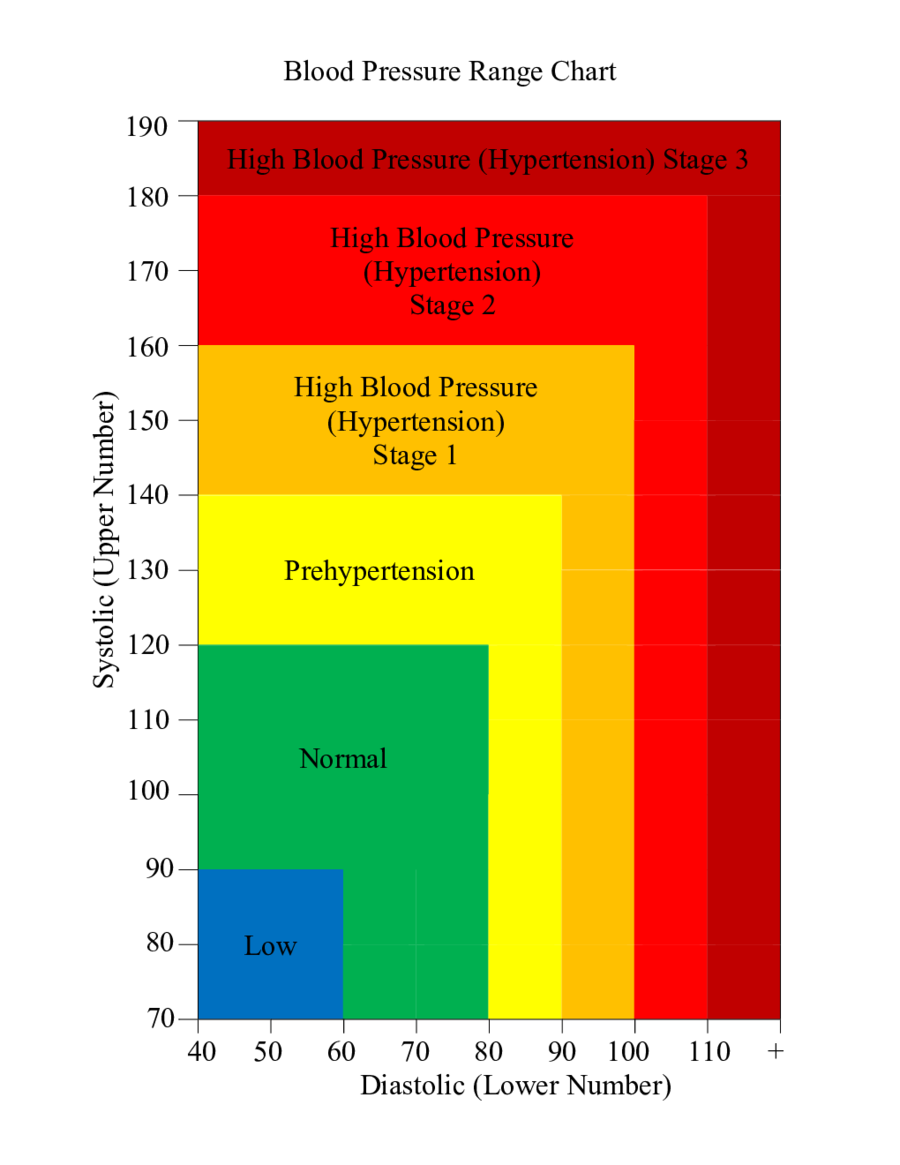Often farmers are great at knowing their numbers around pasture, machinery and stock, but not so good at knowing their own vital statistics. Booking a ‘WOF’ health check with your GP is a good way to keep track of the numbers for your blood pressure, cholesterol and diabetes risk. Talk to your doctor about how often you should get a check up. If it’s annually, time it with your birthday so you remember to do it.
The combined information from health checks such as blood pressure, BMI, cholesterol and blood sugar levels alongside your family history and whether you smoke, help you track your health. Talk with your doctor about what the numbers mean and what lifestyle changes or medical treatments could help reduce your risk of conditions, such as cardiovascular disease and diabetes.
Check your skin every three months and see your doctor if you notice a new lesion, mole or freckle that’s changed. If you’re fair skinned, spend a lot of time outdoors, have a lot of moles, or there is a family history of skin cancer, talk to your doctor about whether you need to have regular skin checks.
Sign up for a free app like 'ManageMyHealth' that allows you to access your medical records and test results online. Ask your doctor or medical centre about how to sign up.
Blood pressure is a measure of how hard your heart is working. When your heart beats it pumps blood around your body. As your blood moves around it pushes against the side of blood vessels called arteries. The strength of this pushing is a measure of your blood pressure.
When you complete a blood pressure check you are given two numbers e.g. 120/80. The first number is your systolic blood pressure (on the vertical axis of the chart below). This is the highest pressure when your heart beats and pushes the blood around your body. The second number is your diastolic blood pressure (on the horizontial axis of the chart below). This is the lowest pressure when your heart relaxes between beats. Refer to the below blood pressure chart for guidance on what the numbers are telling you.

Cholesterol is a type of fat that circulates in your blood. Your body needs some cholesterol to work properly, but when you have high cholesterol it speeds up the process of atherosclerosis. This is when plaque builds up in your artery walls, narrowing your arteries and restricting your blood flow. Over time the plaque can get large enough then harden and crack, so a clot forms over the plaque. If this clot blocks an artery it can cause a heart attack or stroke.
To control your cholesterol levels it’s important to eat healthy, exercise regularly, not smoke, maintain a healthy weight and drink alcohol in moderation. Our bodies are a bit like our vehicles, put the right petrol in and it will increase the chances that everything runs smoothly.
However, sometimes healthy lifestyle changes aren’t enough to lower cholesterol levels. If your doctor recommends medication to help lower your cholesterol, take it as prescribed, but also make lifestyle changes to work alongside you prescribed medication.
BMI is a measure of body fat based on height and weight that applies to adult men and women. Knowing your BMI gives you an idea of whether you’re underweight, overweight or a healthy weight for your height. Everyone’s body is different, but BMI is a good guide to work out where you’re at.
There are a lot of online BMI calculators that you can use. Put your height and weight in the calculator and that will give you a result and an explanation of what that means for you.
Diabetes happens when the body has trouble making or using a hormone called insulin. Insulin transports the glucose (sugar) from your blood into your cells where it is used to make energy. Without insulin too much sugar remains in the blood. This causes more inflammation in your arteries and speeds up the process of atherosclerosis, where your arteries get stiffer and narrower, increasing your risk of heart attack or stroke.
Type 1 diabetes is an auto-immune condition. Basically, this means the body sets up an attack against the cells that make the insulin, resulting in the body producing very little or no insulin. Type 1 diabetes usually occurs between the ages of 7-12, but it can occur at any age.
In type 2 diabetes, either the body doesn’t produce enough insulin, or your body cells don’t recognise that insulin is present. This results in high levels of glucose in your blood. For most people staying active and making healthy food choices can prevent type 2 diabetes. Those with type 2 diabetes are 2-4 times more likely to have a stroke or heart attack than those who don’t have it.
If you are experiencing symptoms of severe increased thirst, frequent urination, unexplained weight loss, increased hunger or tingling of your hands or feet, your doctor may recommend running a diabetes test.
If you’re a man aged 50 or more, talk to your doctor about whether you should have a digital examination and a blood test to measure your levels of prostate specific antigen (PSA), which may indicate you have a prostate tumour. Have the conversation when you’re 40 if your father or brother have had prostate cancer. If you have symptoms with your urinary system such as poor flow, difficulty starting urination or getting up in the night, then go and see your Doctor as this could be a prostate related problem.